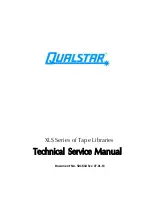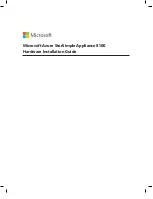
Rev. 1.60
142
August 20, 2019
Rev. 1.60
143
August 20, 2019
BS66F340/BS66F350/BS66F360/BS66F370
Touch A/D Flash MCU with LED Driver
BS66F340/BS66F350/BS66F360/BS66F370
Touch A/D Flash MCU with LED Driver
Counter Value
CCRP
CCRA
PTON
PTPAU
PTPOL
CCRP Int.
Flag PTMPF
CCRA Int.
Flag PTMAF
PTM O/P Pin
(
PTOC=1
)
Time
Counter stopped
by CCRA
Pause
Resume
Counter Stops
by software
Counter Reset when
PTON returns high
PTM [1:0] = 10 ; PTIO [1:0] = 11
Pulse Width
set by CCRA
Output Inverts
when PTPOL = 1
No CCRP Interrupts
generated
PTM O/P Pin
(
PTOC=0
)
PTCK pin
Software
Trigger
Cleared by
CCRA match
PTCK pin
Trigger
Auto. set by
PTCK pin
Software
Trigger
Software
Clear
Software
Trigger
Software
Trigger
Single Pulse Mode
Note: 1. Counter stopped by CCRA
2. CCRP is not used
3. The pulse triggered by the PTCK pin or by setting the PTON bit high
4. A PTCK pin active edge will automatically set the PTON bit high.
5. In the Single Pulse Mode, PTIO [1:0] must be set to "11" and can not be changed.
















































